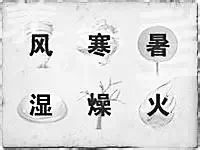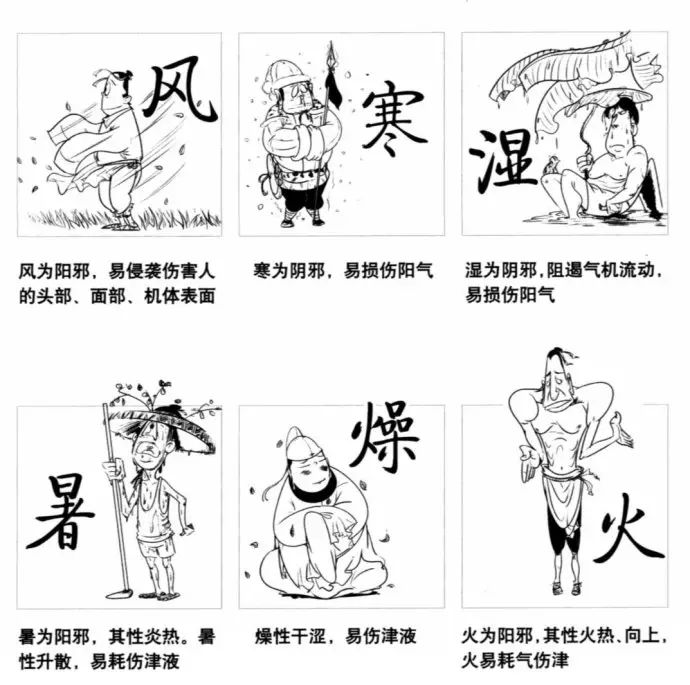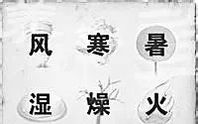The so-called Six Excesses refer to the six types of external pathogenic factors: Wind, Cold, Heat, Dampness, Dryness, and Fire. The changes in Yin and Yang, as well as the alternation of Cold and Heat, follow certain patterns and limits. When climatic changes are abnormal, leading to excessive or insufficient manifestations of these six Qi, or when they occur out of season, or when climatic changes are too abrupt and exceed certain limits, the body may fail to adapt, resulting in the onset of disease. Thus, the six Qi transform from being harmless to harmful, becoming pathogenic factors.

Wind Pathogen: Any external pathogenic factor characterized by its nature of opening, dispersing, and being mobile is termed Wind. Wind pathogens typically invade the body through the skin and hair, making it the primary pathogenic factor among the Six Excesses, often preceding other evils such as Cold, Dampness, Dryness, and Fire (Heat), hence it is known as the “leader of the Six Excesses.”
Cold Pathogen: Any external pathogenic factor characterized by coldness, stagnation, and contraction is referred to as Cold.
Heat Pathogen: Any external pathogenic factor characterized by heat and upward movement during the summer is termed Heat. Heat is part of the Fire (Heat) pathogens and is a common pathogenic Qi in summer. Heat-related diseases can be classified into two types based on severity: one is Heat Injury, and the other is Heat Stroke, with the latter being more severe.

Dampness Pathogen: Any external pathogenic factor characterized by heaviness and stickiness is referred to as Dampness.
Dryness Pathogen: Any external pathogenic factor characterized by dryness is termed Dryness.
Fire (Heat) Pathogen: Any external pathogenic factor characterized by heat and upward movement is referred to as Fire (Heat).


